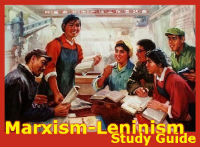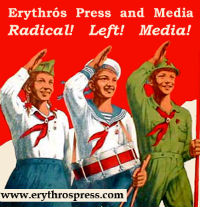The following article by Gary Leupp is from CounterPunch. Please see his previous article, Nepal: The Tactic of General Insurrection:

“So far,” notes Peter Lee of the Asia Times, “Western media have reported remotely and somewhat uncomprehendingly on the massive demonstrations in Kathmandu led by the Communist Party of Nepal (Maoist), with a marked lack of interest. This perhaps reflects the shared desire of the Indian, Chinese and Western governments not to inflame the situation with excessive attention and rhetoric.” He refers to the two-day action in the Nepali capital Thursday and Friday.
 But those demonstrations should be of enormous interest. According to AsiaNews, “The second phase of the so-called ‘people’s movement-III’ saw more than 150,000 participants, including former Maoist guerrillas and United Communist Party of Nepal-Maoist (UCPM-M) members of parliament and militants, gathered around the Singha Durbar, Nepal’s official seat of government.”
But those demonstrations should be of enormous interest. According to AsiaNews, “The second phase of the so-called ‘people’s movement-III’ saw more than 150,000 participants, including former Maoist guerrillas and United Communist Party of Nepal-Maoist (UCPM-M) members of parliament and militants, gathered around the Singha Durbar, Nepal’s official seat of government.”
The Maoists virtually paralyzed the government in a stunning display of power. All the top Maoist leaders marched through the city, some meeting the police at the barricades and breaking through to assume positions around Singha Durbar where they addressed the huge crowd.
It was overwhelming a peaceful, even festive andolan or mass demonstration, although there were some clashes with police. A senior Maoist leader, Krishna Bahadur Mahara, was among those wounded. He told Agence France-Presse, “We are now giving the government and other parties an opportunity to look into our demands. The ball is in the government’s court.” The most powerful Maoist figure, former prime minister Prachanda, issued a sharper warning to the regime, giving it a seven-day ultimatum (to November 20) to restore “civilian supremacy” or face a general strike and other strong protests.
Continue reading →
Like this:
Like Loading...


























